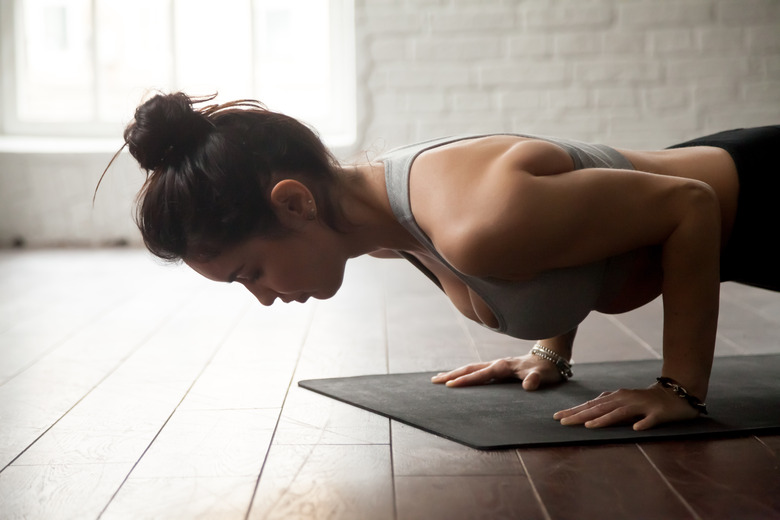How Does The Muscular System Work With The Circulatory System?
All the systems of the body work closely together to maintain homeostasis – the dynamic balance of internal conditions which the body works constantly to preserve. The muscular system and circulatory system have an especially important relationship. The two systems keep each other healthy, and their interaction is crucial on a daily and a long-term basis. Without it our muscles would be unable to carry out our normal activities, and our heart health would eventually deteriorate.
Function
Function
Active muscles demand huge amounts of oxygen, and the circulatory system works hard to provide it. Blood carries oxygen to the muscles. When the body is at rest, blood carries nutrients to the muscles so that they can repair and rebuild themselves. Blood also carries away the waste products that hard-working muscles produce, back out through the lungs to be filtered.
Benefits to the Muscular System
Benefits to the Muscular System
During periods of intense physical activity, the circulatory system will bypass the digestive organs so that it can provide extra blood to the muscles. Meanwhile, the small blood vessels that serve the skin will expand so that more warm blood can reach the surface of the body. This helps the extra heat generated by active muscles to escape from the body. As muscles increase in mass over time, the number of size and blood vessels connected to the muscles increase as well.
Benefits to the Circulatory System
Benefits to the Circulatory System
The healthier and more active the muscle system, the healthier the circulatory system. When we move, the pump of our muscles prompts blood to return to the heart through the veins. Regular exercise increases both the strength and size of the heart. It also clears fatty deposits out of blood vessels and boosts production of the enzymes that destroy blood clots. The heart learns to increase its stroke volume – the volume of blood one ventricle pumps per beat – in response to the rigors of strenuous exercise, and this in turn lowers the heart rate. This can ultimately allow your heart to beat hundreds of thousands times less over the course of a lifetime – so exercise saves your heart a lot of work.
Potential Problems
Potential Problems
If the cardiovascular system fails to supply muscles with adequate oxygen, the muscles will cramp and eventually cease to function. A long-term lack of exercise will cause the number and size of blood vessels serving the muscles to atrophy – to shrink – along with the muscles themselves. If the muscles are not employed for regular exercise, the overall health of the heart will suffer. The heart will weaken and lose mass, while fatty deposits build up in the arteries.
Prevention/Solution
Prevention/Solution
The best way to keep both your circulatory system and your muscular system healthy is to get regular aerobic conditioning. The single most critical measure of how healthily you age is the health of your cardiovascular system, and the most important factor for maintaining that health is regular exercise.
Cite This Article
MLA
Laconi, Ally. "How Does The Muscular System Work With The Circulatory System?" sciencing.com, https://www.sciencing.com/muscular-system-work-circulatory-system-6549063/. 16 April 2018.
APA
Laconi, Ally. (2018, April 16). How Does The Muscular System Work With The Circulatory System?. sciencing.com. Retrieved from https://www.sciencing.com/muscular-system-work-circulatory-system-6549063/
Chicago
Laconi, Ally. How Does The Muscular System Work With The Circulatory System? last modified March 24, 2022. https://www.sciencing.com/muscular-system-work-circulatory-system-6549063/
